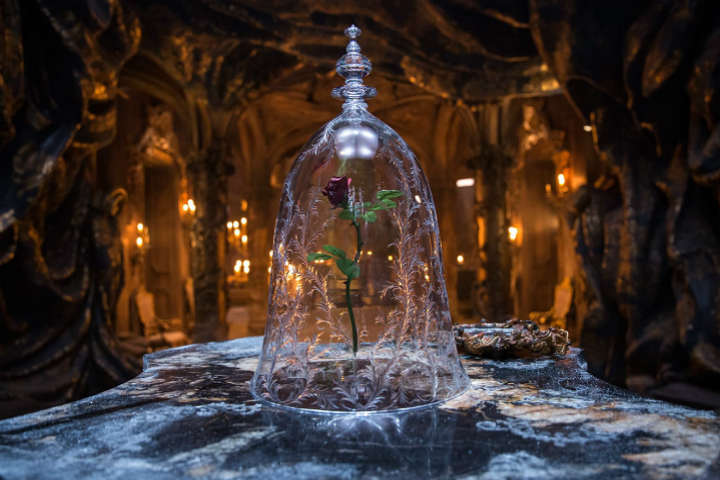
Why Fairy Tales Make Great Stories (And How To Write Your Own)
I’m obsessed with fairy tales. That’s because I’m writing my own right now, so they’re filling my head: Disney, Grimm, The Arabian Nights.
Fairy tales are surprisingly easy to write.
This post shows you why they’re just so great, and gives you ideas on how to craft your own.
4 Reasons Why Fairy Tales Make Great Stories:
#1 Strong character archetypes:
The hero (or heroine) is attractive: Snow White and Cinderella are beautiful; Ali-Baba is clever; Jack the giant-killer is strong. And the bad characters are altogether evil. Snow-white’s stepmother isn’t just vain and jealous; she’s murderous.
#2 Classic plot structure:
Fairy tales all use the Hero’s Journey plot structure. This is the like the Ultimate Guide to Great Storywriting and is the plot structure most favored by screenwriters — why? Because it works. (More on that below.)
#3 The themes are powerful:
Fairy tales tap into deeply held terrors. Hansel and Gretel are small children, lost in a forest. Cinderella loses her mother.
#4 Implied Sex and Violence:
Even the cleanest stories have horrific elements: Hansel and Gretel burn an old woman alive, the Little Mermaid walks on knife blades. For some reason, Snow-White’s stepmother doesn’t just want her dead — she wants her heart. The older, more traditional retellings are even worse. The Brothers Grimm described Cinderella’s step sisters chopping off their toes to squeeze their foot into a glass shoe (the prince notices the fraud when their blood seeps out) and in one version of Sleeping Beauty, the prince actually rapes the sleeping heroine.
Hero’s Journey:
Here’s a short summary of the classic hero’s journey plot structure, and how this is used in fairy tales:
- A likable hero (or heroine).
- The hero has a Goal: Cinderella wants to go to the ball. Sleeping Beauty wants to avoid a curse.
- He faces MONUMENTAL obstacles: Jack doesn’t just fight an ogre; he fights an evil, man-eating, giant
- She encounters setbacks: Cinderella gets to the ball, only to have to run away at the stroke of midnight.
- He has to overcome a final, almost overwhelming, obstacle: Hansel escapes from the cage, only to be caught by the evil witch.
- She must overcome his/her internal demons: Cinderella gains the courage to defy her evil stepmother and set her foot in the glass slipper
Popular Retellings
Some writers change the setting. Put Cinderella in the present day, for example, and then all of a sudden you’ve got The Bachelor on steroids. Kiera Cass did this very successfully, in The Selection.
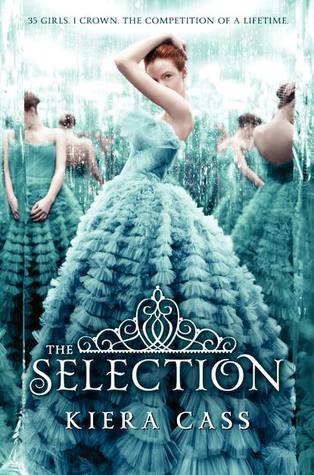
Some play with the technology of the tale, and what it means. Marissa Meyer did this really well in her Lunar Chronicles series.
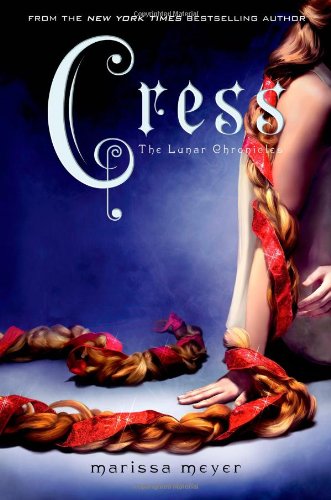
Some great retellings combine the tales — Terry Pratchett does this hilariously in Witches Abroad, a mash-up of Cinderella, voodoo, and Lord of the Rings.
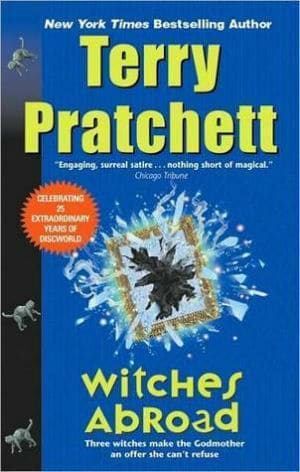
Neil Gaiman, in the beautifully written and illustrated The Sleeper and the Spindle, has the Sleeping Beauty character as the savior.
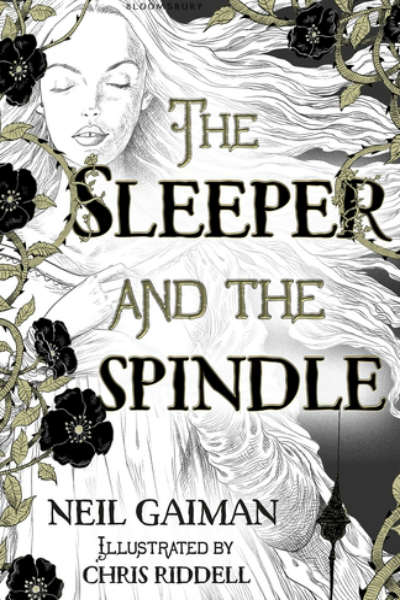
A Final Challenge – How To Write A Fairy Tale
If you’re up for something extra, try writing your own retelling. Really, it isn’t hard.
This is what to do:
- Decide on which tale(s) to use.
- Think about the characters. You can change their names, their gender, even their setting.
- Consider:
- What does your character want to achieve?
- What obstacles do they have to overcome?
- Write it down
(Actually, this is how you write ANY fiction. A fairy tale is just a scaffold that, fortunately, usually leads to a fantastic good story.)
So now you’ve read this post, what are you waiting for?
Go and write your own fairy-tale adventure!
Bio – About Rachel Stedman
Award-winning author Rachel Stedman lives in Dunedin, New Zealand with her husband and two children. If she’s not got her nose in a book, she’s on instagram or twitter (@rlstedman) or at her local library. Her website is RLStedman.com
ARE YOU A ROMANCE FAN? FOLLOW THE SILVER PETTICOAT REVIEW:
 Our romance-themed entertainment site is on a mission to help you find the best period dramas, romance movies, TV shows, and books. Other topics include Jane Austen, Classic Hollywood, TV Couples, Fairy Tales, Romantic Living, Romanticism, and more. We’re damsels not in distress fighting for the all-new optimistic Romantic Revolution. Join us and subscribe. For more information, see our About, Old-Fashioned Romance 101, Modern Romanticism 101, and Romantic Living 101.
Our romance-themed entertainment site is on a mission to help you find the best period dramas, romance movies, TV shows, and books. Other topics include Jane Austen, Classic Hollywood, TV Couples, Fairy Tales, Romantic Living, Romanticism, and more. We’re damsels not in distress fighting for the all-new optimistic Romantic Revolution. Join us and subscribe. For more information, see our About, Old-Fashioned Romance 101, Modern Romanticism 101, and Romantic Living 101.

Enjoyed the article. Just returned having seen Beauty and the Beast. Happy to find someplace to talk about and love fairy tales.